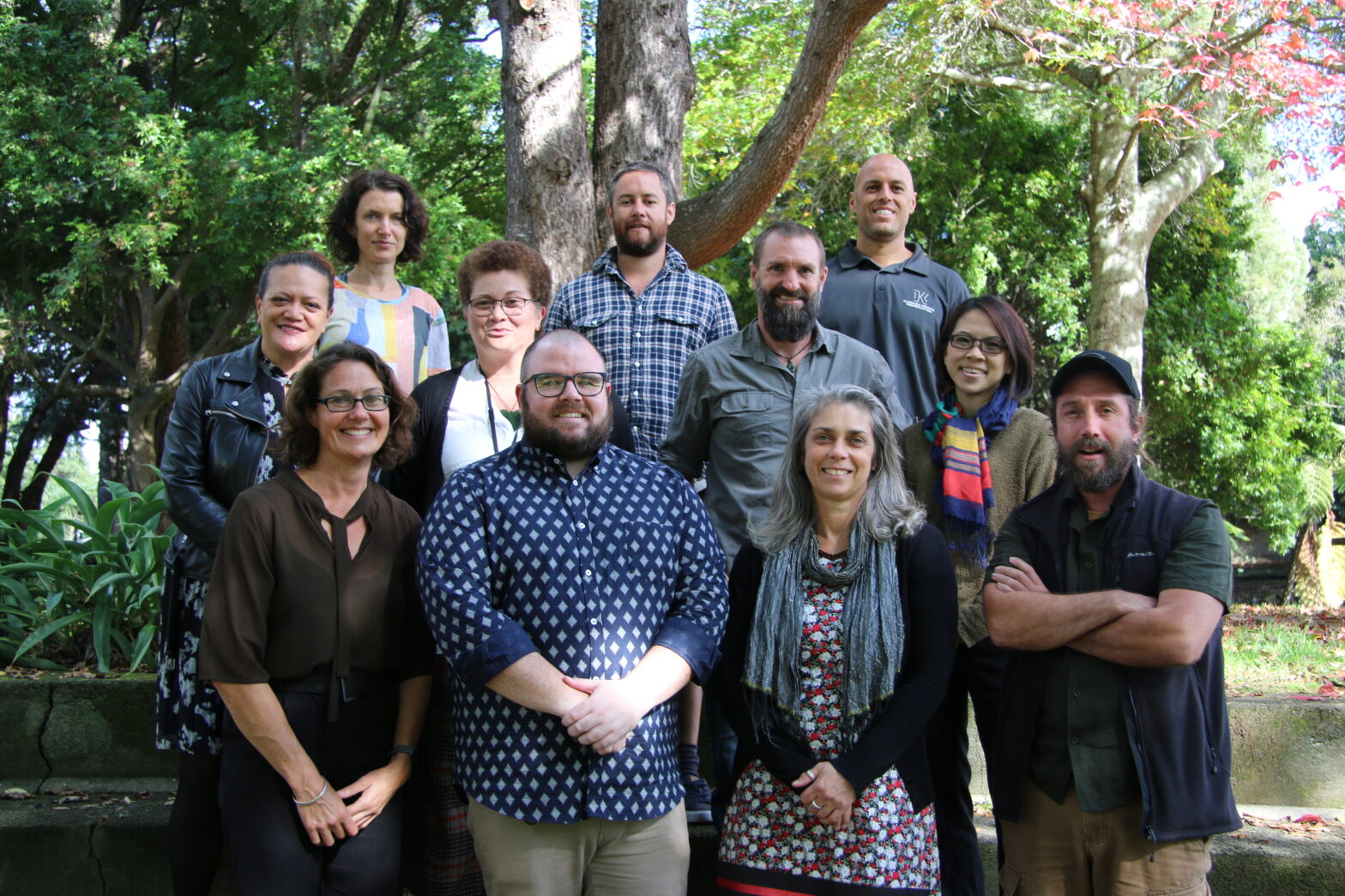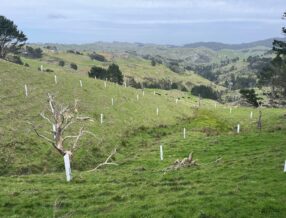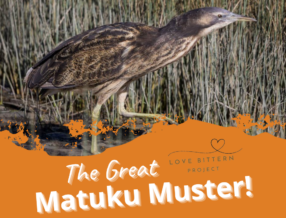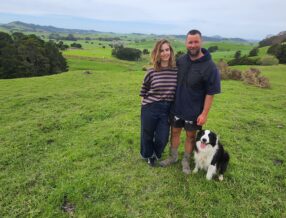September 13, 2022
Aotearoa’s largest harbour restoration programme progressing well
Efforts to revitalise the health and mauri of the Kaipara Harbour through a globally significant environmental programme are progressing well according to Pou Tātaki Justine Daw.
The Kaipara Moana Remediation Programme is one of the most intensive afforestation efforts globally and one of New Zealand’s largest catchment restoration programmes, investing $4.67 million last year in projects to reduce sediment flowing into the Kaipara Harbour.
The Ministry for the Environment, Ngā Maunga Whakahii o Kaipara, Te Rūnanga o Ngāti Whātua, Te Uri o Hau, Northland Regional Council and Auckland Council signed a Memorandum of Understanding to establish Kaipara Moana Remediation (KMR) in October 2020.
Less than two years later, efforts to revitalise the mauri of the Kaipara Moana are scaling up rapidly.
During its first full year of operations (the year ending 30 June 2020), KMR worked with 285 landowners to deliver 205 new Sediment Reduction Plans (SRPs) covering over 40,000 hectares of land. In addition, KMR landowners committed to an additional 380,000 plants and 238 kilometres of fencing – more than the distance from Whangārei to Auckland.
By 30 June 2022, 253 landowners were actively implementing SRPs, with a focus on fencing land and planting native trees near waterways.
The target for the 2022-2023 financial year is to have more than 500,000 native plants in the ground and a further 250km of fencing completed. Millions of local native plants are being grown in 17 accredited nurseries across Kaipara in preparation for the 2023 planting season and beyond.
While still early days, a key to KMR’s success has been its focus on enhancing environmental and social outcomes, says Justine.
“The KMR kaupapa is to invest in local people to develop and sustain meaningful, nature-based employment, and support people who whakapapa to the Kaipara returning home to work on the project,” she says.
“KMR operates on a collaborative governance model to ensure that all of the founding parties’ views are understood and factored into decision-making.
“This inclusive approach helps ensure that KMR can effectively support community-led environmental action. Over a 6,000km2 catchment, genuine partnership is key to achieving our goal of planting 20 million trees in the catchment over ten years. We now work with, and through, a diverse set of delivery partners.
“By investing in communities, KMR is growing social equity and more sustainable, long-term relationships with the whenua.”
The Kaipara Moana is the largest natural harbour in the Southern Hemisphere, and one of global significance. It is the home to rare and threatened species, including migratory birds from the northern hemisphere, and contains some of the rarest ecosystems in New Zealand, including sand dune, sea grass, freshwater and estuarine wetland ecosystems.
Not only is the Kaipara Moana important ecologically, it has deep cultural and economic significance. The harbour is home to several iwi/hapū groups, with local taonga species providing food and medicine, underpinning cultural practices and connecting people to place. The Kaipara is also the breeding ground for New Zealand’s valuable snapper fishery.
However, decades of deforestation and land use intensification have degraded the catchment. Today, less than 10% of original native forest cover and just 5% of wetlands remain, leading to a seven-fold increase in soil erosion and associated sediment washing into rivers and the harbour.
As a Jobs for Nature investment, KMR has a dual focus on growing people into new ‘green economy’ jobs, says Justine.
In fact, since November 2021, KMR has developed training courses to upskill over 50 local ‘KMR field advisors’, including tangata whenua, to work alongside landowners.
KMR has also accredited 17 nurseries and 22 local contractors, and generated more than 60,000 hours of work, bringing tangible benefits to local communities.
Those involved in rolling out the KMR programme, believe it will continue to have a substantially positive impact on social, environmental and economic change, not just for the Kaipara but for all New Zealanders.
Meantime, landowners in the 640,000ha Kaipara Harbour catchment are encouraged to do their bit. Farmers, iwi/hapū and community groups who are interested in fencing off riparian and wetland areas and preparing land for planting over spring and summer are invited to complete an expression of interest at: https://kmr.org.nz/landowner-expression-of-interest/




